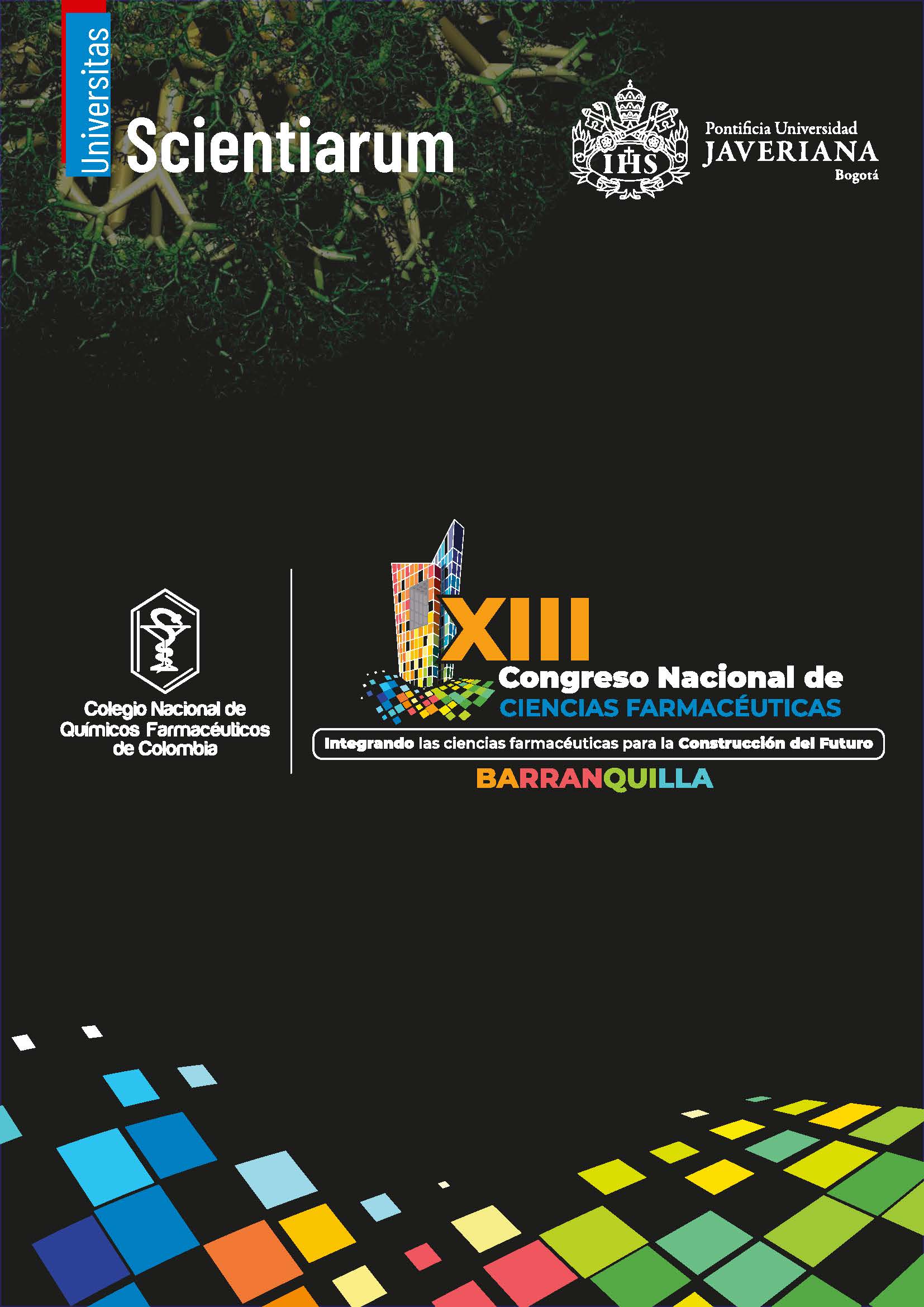Abstract
Antimicrobial resistance (AMR) poses a significant global health challenge, with methicillin-resistant Staphylococcus aureus (MRSA) being a major threat. The urgent need for novel therapeutic agents has driven research into natural bioactive compounds. Bactris guineensis, a native Colombian plant, is rich in polyphenols, which have demonstrated antimicrobial properties in prior studies. This research explores the potential of B. guineensis polyphenols as inhibitors of MRSA through molecular docking studies. Three-dimensional structures of 13 polyphenols from B. guineensis were retrieved from PubChem. Geometric optimization was performed using Gaussian 09 with Density Functional Theory (DFT) at the B3LYP/6-31G level. The optimized conformations served as ligands for molecular docking, which was conducted with AutoDock Vina, evaluating binding energy as the primary affinity metric. Seven S. aureus protein targets (PDB codes: 5M18, 6O9W, 4URO, 7JM2, 5TZJ, 3FRF, 6H5O) were obtained from the Protein Data Bank, prepared using SYBYL-X, and assigned Kollman charges with polar hydrogens in AutoDockTools. Validation was performed using crystallized endogenous ligands. The overall energy profile across all targets demonstrated favorable binding affinities, with values ranging from -5.9 to -10.3 kcal/mol. Isoorientin, a C-glucosylated flavone with known in vitro antimicrobial activity, exhibited the highest binding affinity (-10.3 kcal/mol) against the TarS enzyme (PDB: 5TZJ), which catalyzes β-OGlcNAcylation of teichoic acids in the MRSA cell wall. Isoorientin formed key interactions, including two hydrogen bonds with aspartate 178 and additional contacts with residues R206, E177, H210, Q179, and S175. Schaftoside showed strong affinity (-9.7 kcal/mol) for dihydrofolate reductase, interacting with critical residues (L28, V31, I50, L54) in the enzyme’s hydrophobic channel, mirroring known inhibitors. Polyphenols from B. guineensis, particularly isoorientin and schaftoside, demonstrate significant potential as anti-MRSA agents by targeting key bacterial enzymes. These findings highlight the value of characterizing bioactive metabolites from native Colombian plants for developing novel antimicrobial therapies.

This work is licensed under a Creative Commons Attribution-NonCommercial 4.0 International License.


